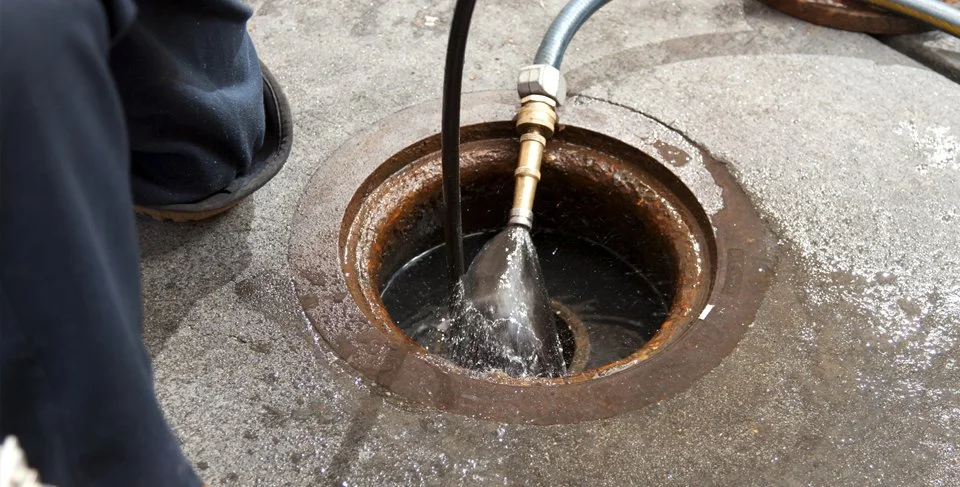When it comes to maintaining a property’s plumbing system, one of the most daunting prospects for any homeowner or property manager is dealing with damaged or deteriorating pipes. Traditional pipe repair methods can be invasive, costly, and time-consuming. Fortunately, advancements in technology have introduced a more efficient and less disruptive solution: pipe relining. But how much does pipe relining cost per meter uk? This guide will explore everything you need to know about the costs associated with pipe relining, the factors that influence these costs, and why this modern method is often the preferred choice.
What is Pipe Relining?
Pipe relining is a non-invasive technique used to repair damaged or broken pipes without the need for extensive excavation. Instead of digging up the old pipe, a new liner is inserted into the existing pipe, creating a durable and long-lasting inner layer. This method is particularly beneficial for pipes located under buildings, driveways, or landscaped areas where traditional digging would cause significant disruption and expense.
Factors Influencing Pipe Relining Costs
When calculating the cost of pipe relining per meter in the UK, several factors come into play. These factors can significantly impact the final price, so it’s essential to understand what influences the cost:
1. Pipe Diameter and Length
- The diameter of the pipe being relined directly affects the cost. Larger pipes require more material and more complex installation techniques, which increases the overall expense. The length of the pipe is another crucial factor, as most companies charge on a per-meter basis.
2. Condition of the Existing Pipe
- The current condition of the pipe also plays a significant role. If the pipe is severely damaged, it may require additional work before the relining process can begin. This can include cleaning, descaling, or even partial excavation if the pipe is completely blocked.
3. Accessibility
- Pipes that are difficult to access, such as those located beneath concrete slabs or deep underground, can incur additional costs. The more challenging it is to reach the pipe, the more labor and equipment will be required, driving up the price.
4. Material and Liner Type
- The type of liner used can also affect the cost. Some liners are more expensive due to their durability, flexibility, or specific use cases, such as those designed for use in hot water systems.
5. Location
- Geographical location can impact the cost as well. Prices may vary depending on the region, with urban areas typically commanding higher prices due to increased labor costs and logistical challenges.
Average Pipe Relining Costs Per Meter in the UK
As of 2024, the average cost of pipe relining in the UK ranges from £60 to £120 per meter. However, this is a broad estimate, and the actual cost can vary depending on the factors mentioned above. Here’s a more detailed breakdown:
1. Small Diameter Pipes (100mm or less)
- For pipes with a diameter of 100mm or less, the cost typically ranges from £60 to £80 per meter. These are usually found in residential properties and are the most common pipes to require relining.
2. Medium Diameter Pipes (100mm to 300mm)
- Pipes with a diameter between 100mm and 300mm generally cost between £80 and £100 per meter. These pipes are often found in larger residential buildings, commercial properties, or industrial sites.
3. Large Diameter Pipes (300mm and above)
- Relining pipes with a diameter of 300mm or more can be quite expensive, with costs ranging from £100 to £120 per meter. These pipes are typically used in large-scale commercial or industrial applications.
Additional Costs to Consider
While the per meter cost gives a good baseline, there are additional expenses that may arise during a pipe relining project:
1. Initial Inspection
- Before the relining process begins, an inspection is necessary to assess the condition of the pipes. This is usually done using a CCTV camera, and the cost can range from £100 to £300 depending on the length and complexity of the inspection.
2. Cleaning and Preparation
- If the pipes require cleaning or descaling before the relining can take place, this can add to the overall cost. Expect to pay an additional £100 to £200 for this service.
3. Access and Excavation
- In rare cases where the pipe is inaccessible, some excavation may be required. This can significantly increase the cost, with prices varying depending on the extent of the work needed.
Why Pipe Relining is Worth the Investment
Despite the costs associated with pipe relining, many homeowners and businesses find that it offers significant value compared to traditional pipe replacement. The key benefits include:
1. Minimal Disruption
- Pipe relining requires no extensive digging, which means less disruption to your property. This is especially important for pipes located under buildings or landscaped areas.
2. Longevity
- The new lining is durable and can last for decades, often outlasting the original pipe. This means you won’t have to worry about pipe issues for many years.
3. Cost-Effectiveness
- While the upfront cost may seem high, pipe relining is often more cost-effective in the long run. Traditional pipe replacement can involve significant excavation, property restoration, and time, all of which can add up to a much higher overall expense.
4. Environmental Impact
- Pipe relining is a more environmentally friendly option as it reduces the need for extensive excavation and the disposal of old pipes. This makes it a greener choice for those looking to minimize their environmental footprint.
Conclusion
Understanding the cost of pipe relining per meter in the UK is essential for making an informed decision about your property’s plumbing needs. While the cost can vary depending on several factors, pipe relining offers a durable, long-lasting solution with minimal disruption. Whether you’re dealing with a small residential pipe or a large industrial system, investing in pipe relining can save you time, money, and stress in the long run.


